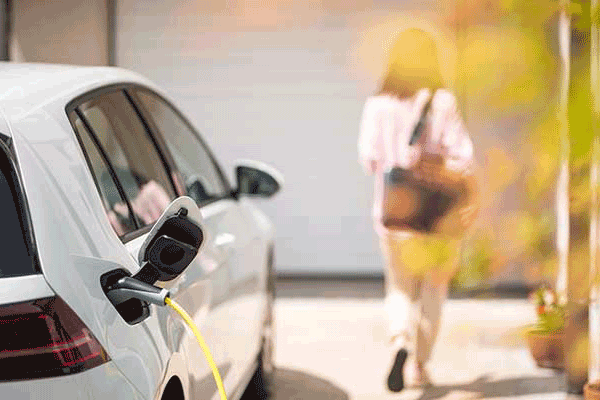As a result of the energy crisis, the price of charging at public fast charging stations for electric vehicles in the UK has increased by 42% in the past four months. UK car service company RAC said the price of charging at charging posts has increased by an average of 18.75p/kWh since May this year and now stands at 63.29p/kWh. The cost of electricity for a vehicle is about 18 pence per mile, compared to 19 pence per mile for gasoline and 21 pence per mile for diesel.

Simon Williams, RAC EV spokesman, said: “For those who already use electric vehicles or are considering them, the cost of EV charging is still lower than the cost of refueling a petrol or diesel car, but these figures show the gap is narrowing due to the dramatic rise in the price of electricity. These numbers make it clear that drivers using public fast and ultra-fast chargers are being hit the hardest.
The UK wants to stop selling new diesel and petrol cars and vans by 2030. By 2035, all new cars and vans will be zero emissions. With more and more electric vehicles set to appear on Britain’s roads in the coming years, the RAC supports calls for a sales tax cut on electricity sold at public charging stations to correct what it sees as an imbalance between public and private charging. With electricity costs up an average of 140 percent over last year and the government imposing a 20 percent value-added tax on public charging, electric vehicle adoption is under threat. This government needs to act on the cost of charging by raising the cap on public charging posts, reducing VAT and supporting charging point operators to build infrastructure. If they don’t, then years of promises of a zero-emissions future, clean air and energy independence will fall flat.
According to the latest data from the Society of Motor Manufacturers and Traders, the rapid growth in sales of new all-electric vehicles has slowed in recent months. Registrations in the first three months of the year were up 102 percent over the same period in 2021. By August, the year-to-date increase had fallen to 49 percent.














